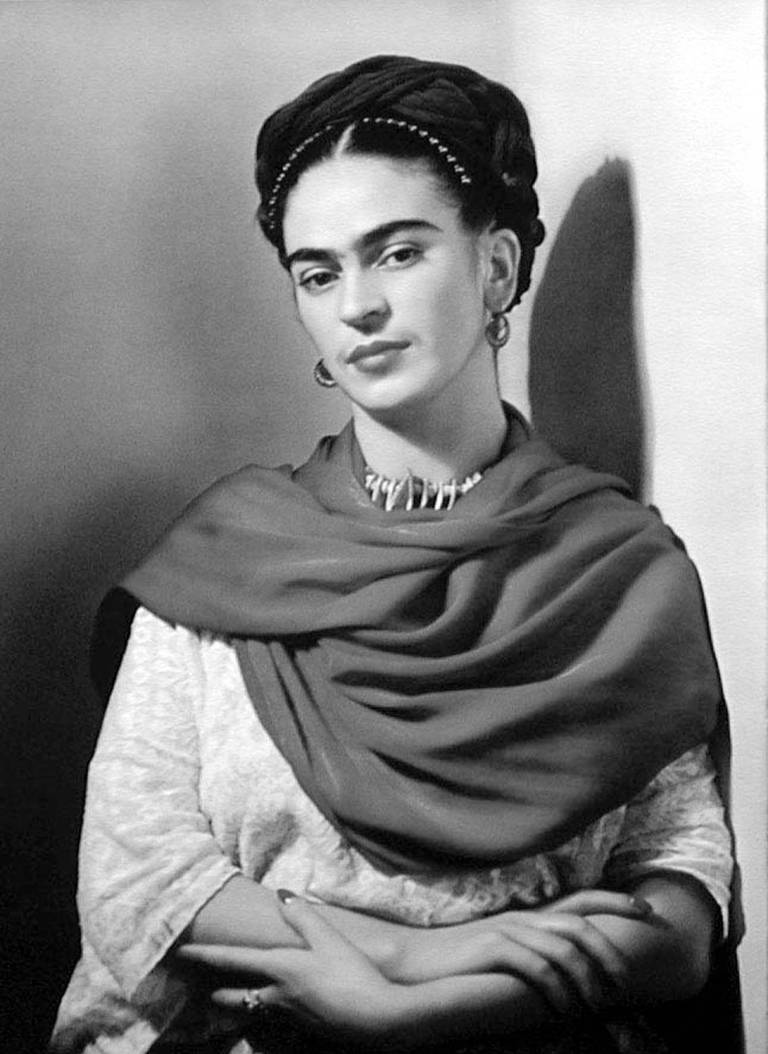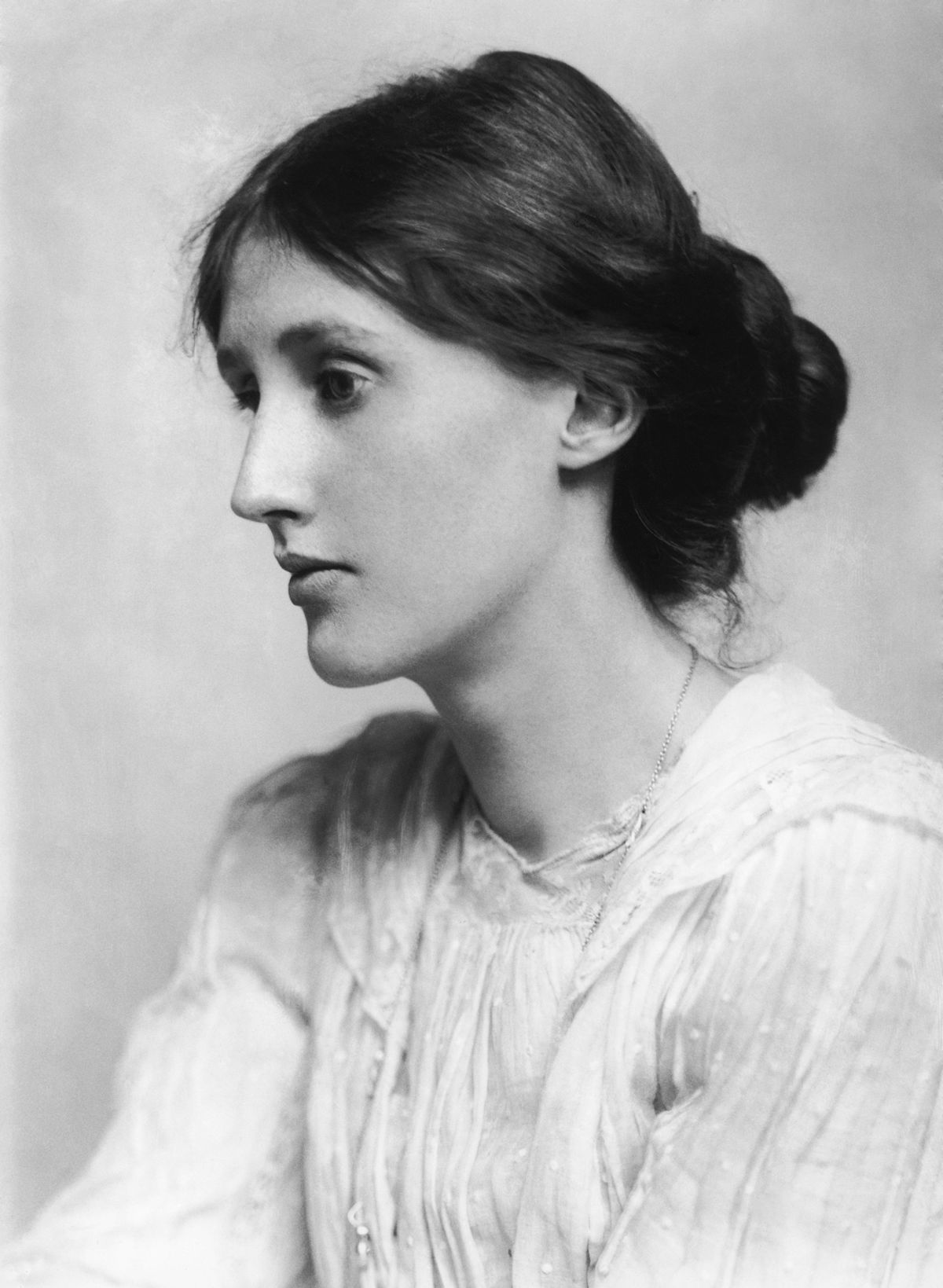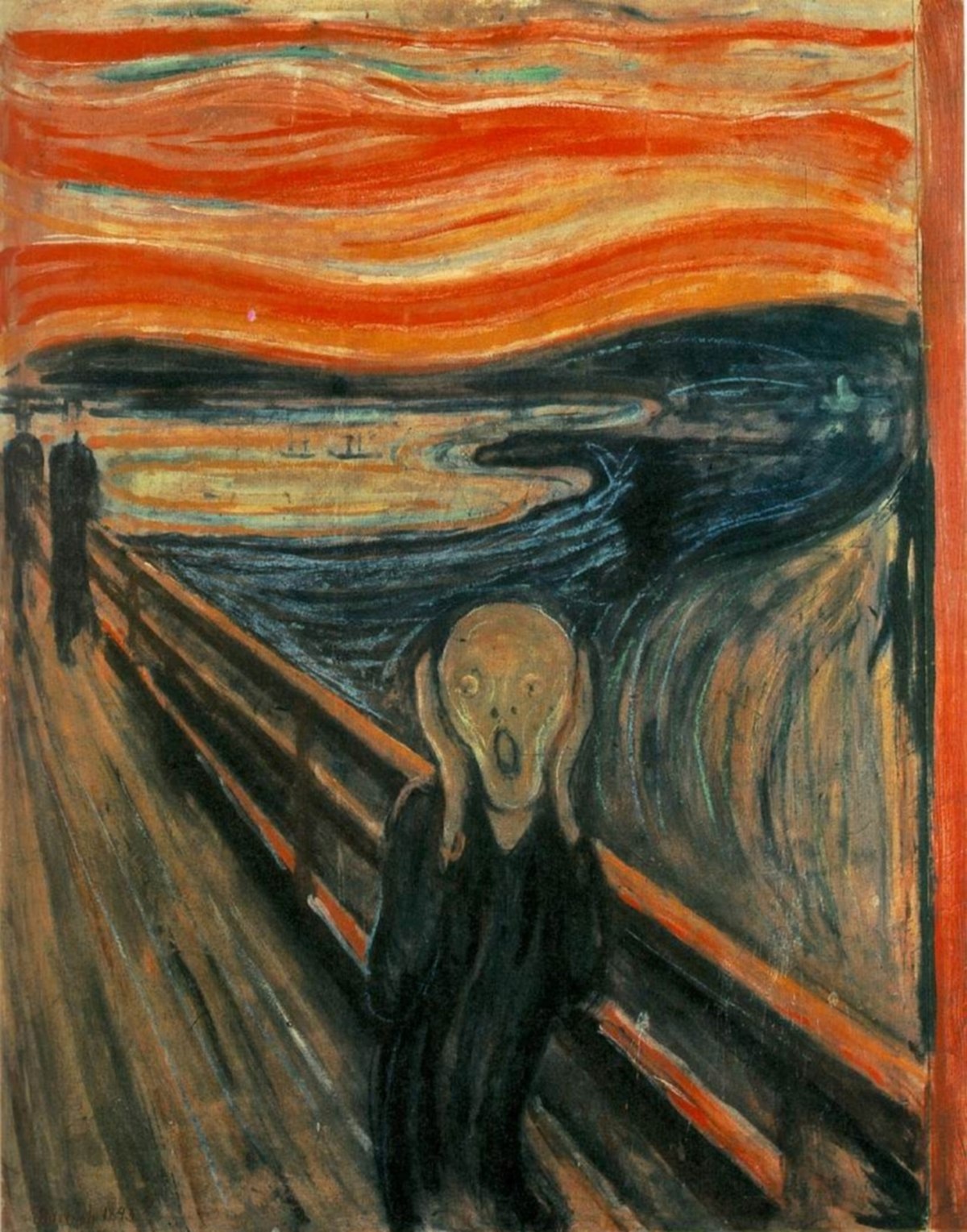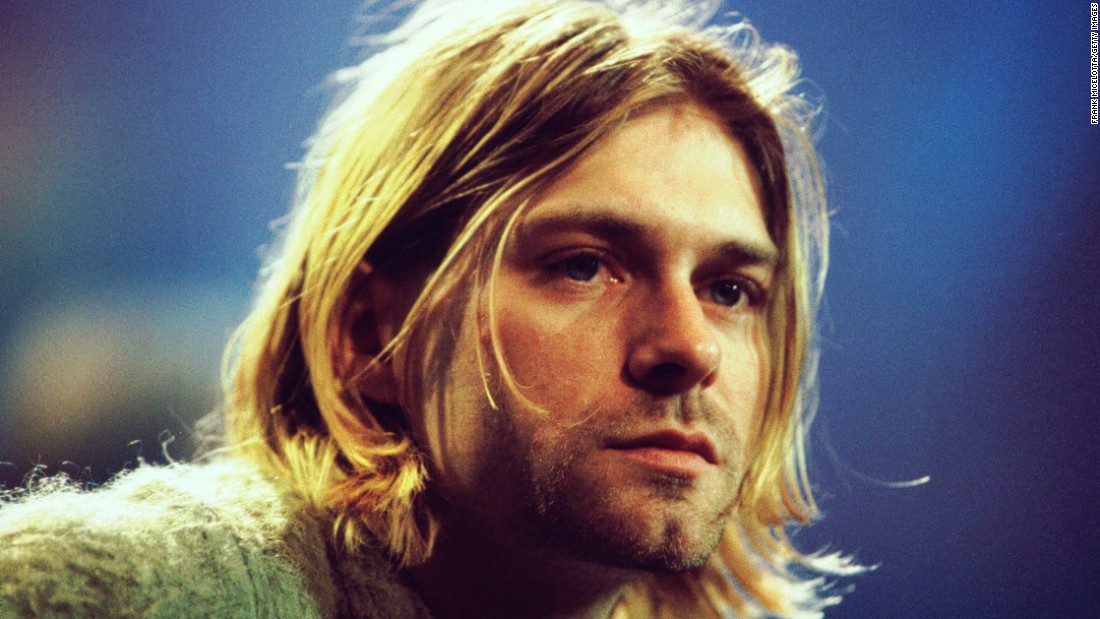Hello internet. So, this is my first post of 2020. It’s a bit later than I intended, admittedly I haven’t been writing as frequently since working full time as a content writer – but his is something I’ve wanted to write about for some time now and was originally the basis for my thesis.
The Origins of the Archetype
This article is all about the tortured artist archetype. From Van Gough to Vonnegut, the tortured artist is a concept that has existed in western culture for centuries. Since I was a kid I’ve always been into art, movies, books and for some reason, I’m always drawn to the whackiest up artists, many of which are addicts or people who suffer with mental illness. There’s something alluring about these kinds of artists. For me, I think it’s partially seeing how mental illness can manifest into something great like say, a song or a painting. I also find that knowing that these iconic people also sometimes struggle with mental health issues makes them more relatable than others.
So many creative geniuses; actors, musicians, painters, comedians and writers have suffered as a result of mental health problems. It’s easy to see how these associations came to be. Daniel Johnston immersed himself in visual art and music while suffering from schizophrenia and manic depression (You can watch a really interesting short documentary about him here.). Frida Kahlo’s art acted as a coping mechanism for two major depressive episodes. Aside from self-medicating with hard drugs, Joy Division’s Ian Curtis attempted to use music to deal with his depression, insomnia and epilepsy. Van Gough cut off his fucking ear. Even our favourite comedians, the likes of Robin Williams suffered from hella bad mood disorders.
Yeah, I know that not every brilliant mind is a mentally unstable one BUT in this article, I’d like to talk about the effect that our mental state has on our creativity and vice versa. Is it possible that depressive episodes can inspire us creatively? Or does being a creative person mean that you’re predisposed to developing depression? These are issues that have been studied many times by psychologists and neuroscientists… and now me, someone who has no clue about either of those things. Anyway, I’m going to try my best so bear with me.

Thankfully, the stigma surrounding mental health isn’t as prominent as it once was. I count myself lucky that I can feel OK with openly discussing my mental health with my friends and family. A weight is immediately lifted off our shoulders when we communicate our feelings, be it verbally or artistically, it becomes less isolating.
When I started blogging, I was unemployed. I was in a very bad place and sure enough, the depression began seeping in. Having nothing to occupy my mind is the worst possible scenario in terms of my mental health and I’m sure it’s the same for many people. With a little encouragement from my Mam, I started writing this blog and completely threw myself into it. I was constantly researching new ideas and I got a good buzz from writing the posts. Channeling my energy into something creative was genuinely helpful. Sure, I was still broke but I was learning a skill, creating and crafting something every day.
Maybe that’s why a lot of great artists happen to suffer from mental health issues. It’s possible that their talent is partially derived from a desire for escapism, to get out of their busy minds. I’ve read a good bit about different theories on this over the last few months and I’m going to share a couple with you for funsies.

Is Creativity and Mental Illness Linked?
In 1987, neuroscientist and neuropsychiatrist Nancy Andreasen interviewed 30 writers. She found that 80% of these interviewees had been hospitalised for mood disorders including bipolar disorder and depression. Other studies have shown a much higher number of mental disorders in those working in creative fields. This is particularly true for those who have gained notoriety or recognition in their work. Some studies have even shown that mental disorders are more common in the family members of creatives, although this is likely because of genetic predispositions to certain types of mental illness.
Another study showed that the brain acts in a similar way during creative activity as it does with mentally ill people. For instance, the precuneus or the center of the brain which is normally deactivated while thinking stays active when creative people are thinking creatively. Something similar occurs in the brain of those who score highly on schizotypy, a less severe version of schizophrenia. Essentially, this means that generally when we are focusing on something, we tune out the world around us. However, creative people don’t…
Creative minds are often very conscious, reflective and aware. This can lead to overthinking and insecurities, especially when it comes to personal failures. This is probably why many artists are idealists and perfectionists. That combined with imagination and creative talent can result in something spectacular but can also leave them longing for an imagined life full of achievement and higher levels of satisfaction. This relates back to the finding of higher levels of depression in those who have achieved a lot in their field. They’ll never truly be happy because they’re in constant pursuit of perfection.
Another study published in the ‘Cognitive, Affective & Behavioural Neuroscience’. Concluded that more creative people are more likely to include more events and stimuli in their mental processes than their less creative counterparts.
This may have something to do with free association, a term coined by Freud to describe the spontaneous and undirected association of ideas, emotions and feelings. Free association can lead to our unconscious mind making peculiar or unconventional links meaning they may be more likely to randomly come up with unusual ideas. However, at times these ideas can be taken too far and become more of a delusion.
Often those who are depressed are burdened with constant neurotic thinking. This means constantly overthinking and ruminating over the past. One of the only benefits of chronic overthinking is being forced to come up with interesting solutions. Neurotic people are also extremely anxious, always jumping to the worst conclusion or imaging the worst. These over the top imaginings could allow creative people to come up with ideas that others might not.
Why Does the Link Exist?
I watched a short video of Nancy Andreasen discussing her thoughts on the link between creativity and mood disorders. This is a quote from her;
“A personality substrate approach to life that is characterised by being curious, exploratory adventuresome, doubting, questioning, also being very perfectionistic, seeking out frontiers. When you have all those traits it does make you more vulnerable to feeling depressed, getting rejected, being misunderstood and so on. We don’t want people to lose those traits however because they are the resource for originality and creativity.”
Andreasen believes that we shouldn’t romanticise the notion of the tortured artist because it discourages people from getting help. These people might worry that to get better is to lose many of the traits mentioned above. Although the idea is seductive, we need to consider the fact that many people are disabled by their disorders rather than inspired by it.

Art: Express, Communicate, Heal
Art is a means of expression and communication of the emotions that we otherwise deal with alone. In the film The Hours which addresses bipolar disorder, Virgina Woolf’s character says “If I were thinking clearly Leonard, I would tell you that I wrestle, alone in the dark, in the deep dark and that only I can know.” The isolation of mental illness is lessened when we share it, be it through discussion, creativity or whatever else.

We all know the painting The Scream. It’s one of the most recognisable paintings of all time. Edvard Munch painted it after experiencing what sounds like a really, really bad panic attack. The following quote is about the painting and was taken from his journal;
“I was walking along a road one evening – on one side lay the city, and below me was the fjord. The sun went down – the clouds were stained red, as if with blood. I felt as though the whole of nature was screaming – it seemed as though I could hear a scream. I painted that picture, painting the clouds like real blood. The colours screamed.”
Yep, that is some crazy shit, yet, I can relate and I’m sure many others can too. When you’re anxious or depressed, the world can feel completely overwhelming and frankly, a bit terrifying. What I find amazing is his ability to take that fear and create a physical representation of it. Whether or not that helped him to cope with his emotions or not, I don’t know.
Even Dan Harmon, the creator of Rick and Morty, one of the most original shows of our generation, is open about his depression. He emphasises a need for an outlet of any sort. You can see here what he had to say about it when a fan asked him for advice on dealing with depression.
When we’re depressed, our emotions can become all-consuming. They’re extremely powerful and raw so its no wonder some people turn to art to cope with or to better understand their mental state. If you want to see an artist channelling mental health issues into their art IRL then watch the Netflix documentary Jim and Andy about Jim Carey. Love it or hate it, it’s an interesting watch.

Romanticisation of the Tortured Artist
In regard to the alluring, seductive nature of the tortured artist archetype, this quote from comedian Marc Maron resonated with me. Now, I have a love/hate relationship with Marc Maron, I really don’t like him, but I listen to his podcast all the time and I even read his book Marc Maron: Attempting Normal. But anyway, here’s a quote from him;
“I became morbidly obsessed with Big Bopper, Buddy Holly, and Ritchie Valens after my father told me they had been killed in a plane crash and how upsetting it had been to him. When I heard their songs, they were saturated with death. When I looked at the picture of Buddy Holly on the cover of the eight-track it filled me with dread and horror. Buddy Holly was the sound of the dead to me. All his songs were haunted. It was the same with Janis Joplin. My parents had the vinyl of Pearl, with the beautiful picture of Janis on the chaise longue on the cover. My mother told me that she died of a heroin overdose. In my mind Janis was heroin. That’s what it looked like.”
I think this is how I feel when I consume art in whatever form from artists who are or were mentally ill, drug addicts etc. It also made me question if I would have been as infatuated with people like Kurt Cobain had he not shot himself. Knowing about these artists and their mental state gives us a different understanding of their art. The perspective changes.
The way I see it is, these people, the artists who suffer were either so driven that they created despite their demons or they took their awful experience and made something of it. The fact that their brains work differently allowed them to create something truly unique. What is art if not an expression of emotion? and who feels emotion more deeply than those who are experiencing manic, anxious or depressive feelings?
Anyways, if you have any thoughts on this then let me know what you think in the comments section and don’t forget to follow The Pop Cult on Twitter, Instagram or Facebook and Pinterest!
Steph 🙂

0 comments on “The Tortured Artist: An Exploration of Creativity and Mental Illness”